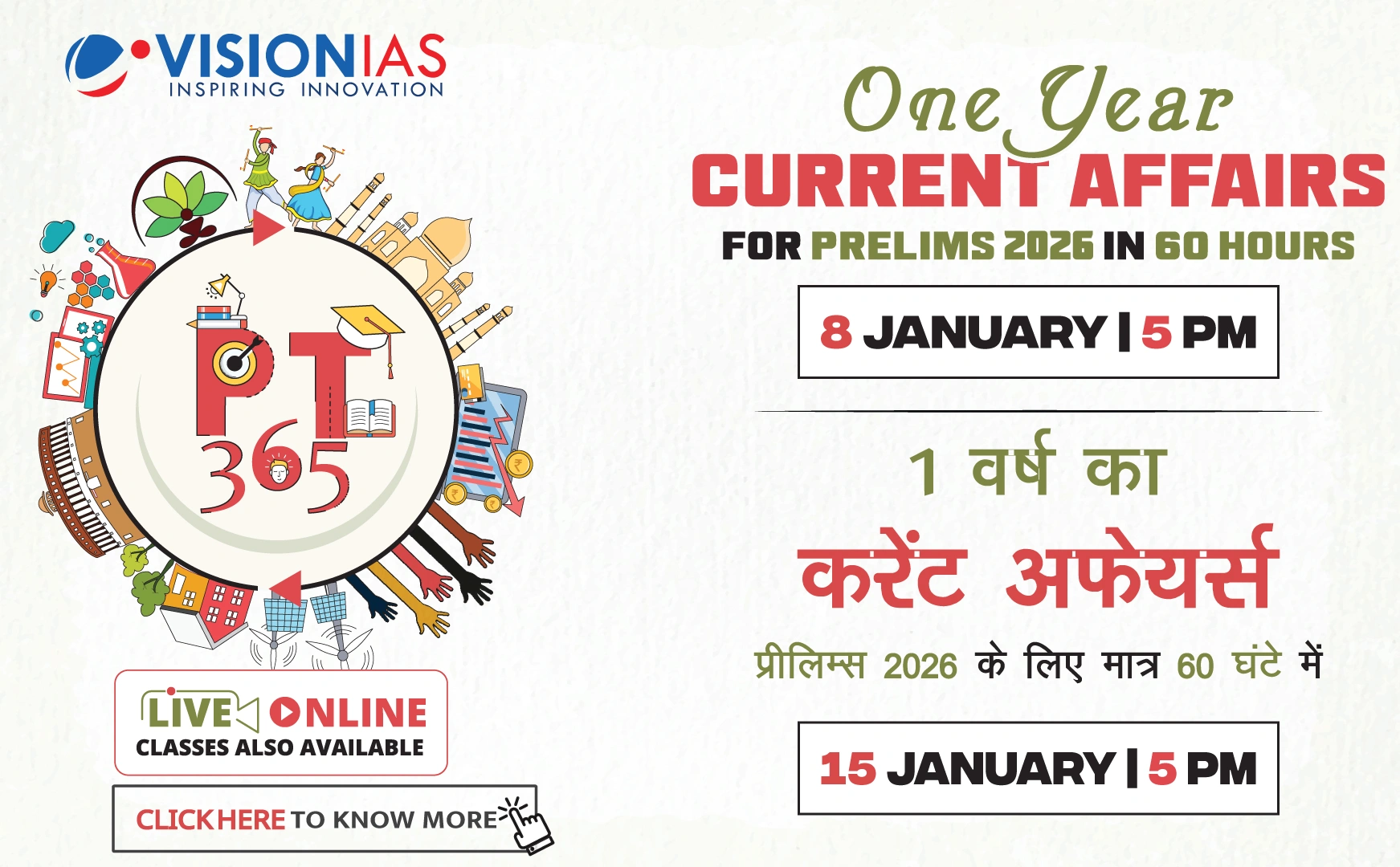Conservation of Monuments in India: A Holistic Approach
The article discusses the current state of monument conservation in India, emphasizing the need for a more holistic approach towards preserving the country's rich heritage.
Current Conservation Practices
- The Archaeological Survey of India (ASI) follows traditional methods, focusing on selecting, isolating, repairing, and polishing monuments.
- John Marshall's Conservation Manual (1923) influences current practices, advocating extensive repairs and surrounding monuments with gardens.
- Despite efforts, many protected sites are deteriorating due to irregular implementation of conservation policies.
- The government is now encouraging corporations to adopt monuments for their upkeep.
Need for a New Approach
- Recognizing the limitations of historical frameworks that focus on isolated conservation rather than integrating monuments into their environments.
- Inspiration can be drawn from Mahatma Gandhi's Sarvodaya, emphasizing the improvement of social conditions and recognizing the contributions of craftspersons.
- Conserving monuments should involve enhancing the lives of communities around them and improving visitor experiences with informative materials.
Interdisciplinary Insights
- Engaging with experts from various fields, like translators, health-care professionals, and wildlife biologists, can provide new perspectives on conservation.
- Translators' attention to language nuances can inform methods for preserving and presenting historical narratives.
- Wildlife biologists' strategies for ecosystem restoration can inspire monument conservation by focusing on the relationships between monuments and their natural surroundings.
- Mycologists' understanding of fungi suggests the value of conserving small, neglected monuments for community and ecological benefits.
Economic Considerations
- Value should be placed on how monuments function rather than just their appearance, emphasizing the restoration of original features like natural ventilation.
- Researching the significance of ASI monuments can help justify larger budgets for their protection.
- Utilizing the concept of creative destruction to transform disused sites into innovative research and technology development centers.
Civic Engagement and Education
- Citizens are encouraged to engage in monument conservation by understanding their materials and history.
- Educating ourselves about the language of monuments can help preserve diverse narratives and confront biases.
The article encourages a collective effort to redefine conservation practices, aiming for a future where India is seen as a "monument without walls," preserving its diverse heritage while shaping a new future.



